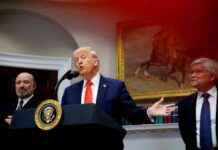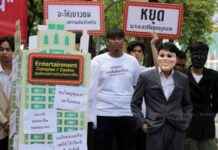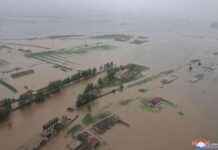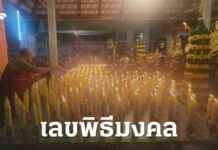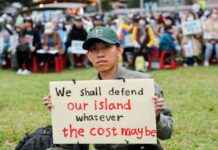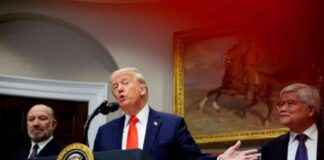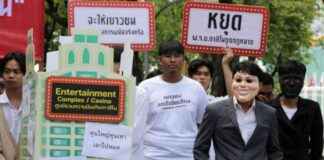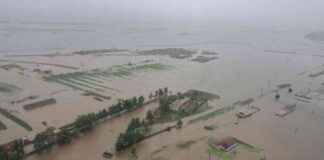Understanding the Recent Political Developments
In a recent meeting of the parliamentary members, a resolution was passed with a vote count of 266 to 147. While not all votes were unanimous, it was clear that the two main factions, those supporting the government and those in opposition, were beginning to reveal their stance. The members of the ruling party, particularly the group led by Jurin Laksanawisit and Banhan Butsadthana, showed their support for a specific clause, with 13 members voting in favor. Notably, within this group, there was a shift in perspective as some members who previously opposed the coalition with the Democrat Party now seemed to align with the government. On the other hand, Chawin Leekpai and Saree Suksophon had reservations about the clause, indicating a divided opinion within their ranks.
Divided Votes and Potential Implications
Among the members who did not cast their votes, including prominent leaders like Uncle Poom and Thammanat Prompao, their absence spoke volumes about the current status of the Palang Pracharath Party. It was evident that a significant portion of the party was in government, while another faction remained in opposition. The dynamics within the party were further complicated by the presence of 14 members who voted against the government, including Phakphoom Butamuang, Somporn Theppitak, Akarasan Khiriwirat, Chaiyapoom Aphornrat, Phetchphumit Aphornrat, Ratchanee Pholsue, and Boonying Nitikanchana from various regions. This split in votes indicated a lack of unity within the party and raised questions about the future direction of their political stance.
Impact on Coalition Dynamics and Future Scenarios
The recent voting patterns have raised concerns about the stability of the coalition between the Palang Pracharath Party and the Democrat Party. With six members of the Thai Nation Power Party voting against the government, the balance of power within the coalition seemed to be shifting. This development could potentially benefit certain political figures, such as Thaksin Shinawatra, who could capitalize on the division between the Palang Pracharath Party and the Thai Nation Power Party. As the next election approaches, both parties may undergo structural changes, with one group possibly weakening while the other faces internal strife. The outcome of this power struggle could have far-reaching implications for the political landscape in Thailand.
As the political landscape in Thailand continues to evolve, it is essential to closely monitor the shifting alliances and power dynamics within the various political parties. The recent vote tallies and the reactions of key party members provide valuable insights into the current state of affairs and hint at potential future scenarios. Only time will tell how these developments will shape the political landscape in the coming months and what consequences they may bring for the country’s governance and stability.



